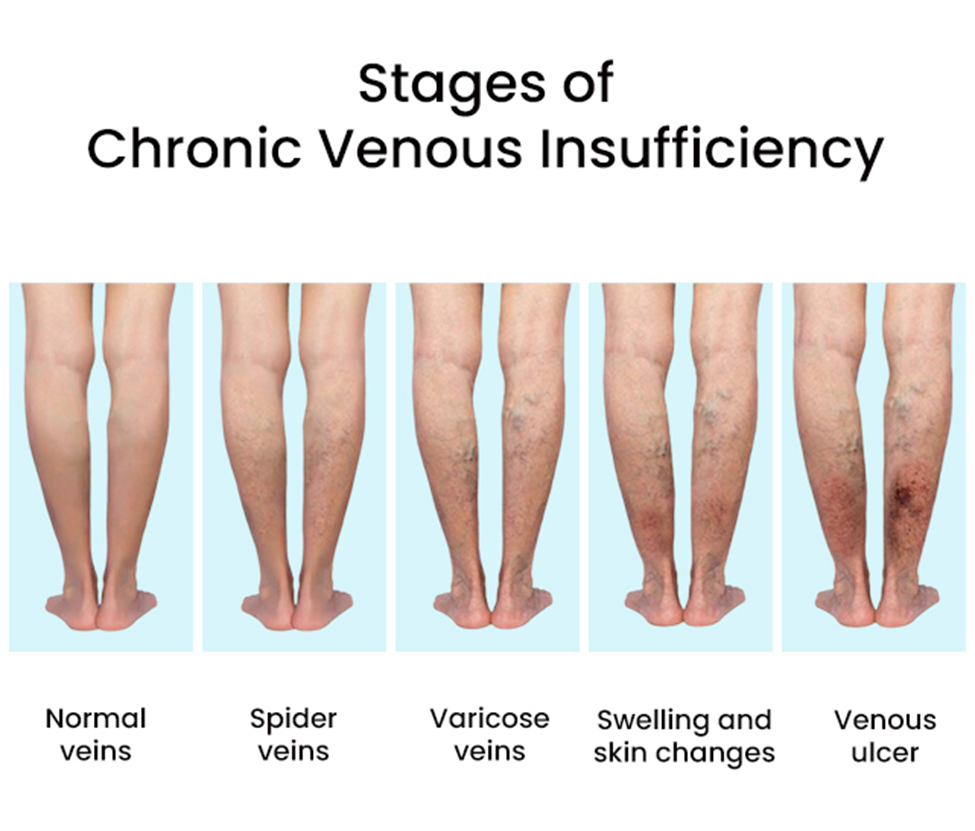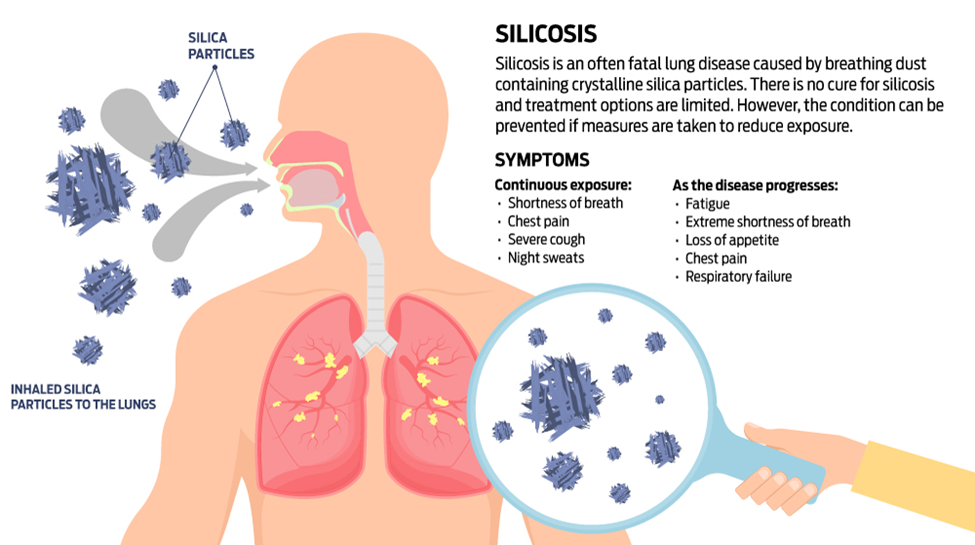Which of the following does the nurse recognize is common in peripheral venous insufficiency?
Intermittent claudication
Brownish discoloration to the legs
Weak or absent pedal pulses
Unequal peripheral pulses between extremities
The Correct Answer is B
A. Intermittent claudication:
Intermittent claudication is more commonly associated with peripheral arterial insufficiency rather than venous insufficiency. It is caused by inadequate blood flow to the muscles during activity, resulting in cramping or pain that typically resolves with rest.
B. Brownish discoloration to the legs:
Brownish discoloration to the legs, often referred to as hemosiderin staining, is a common finding in peripheral venous insufficiency. It occurs due to the breakdown of red blood cells and the deposition of hemosiderin in the tissues, especially around the ankles.
C. Weak or absent pedal pulses:
Weak or absent pedal pulses are more indicative of peripheral arterial insufficiency rather than venous insufficiency. Peripheral arterial disease can result in decreased blood flow to the extremities, leading to diminished pulses.
D. Unequal peripheral pulses between extremities:
Unequal peripheral pulses between extremities are also more suggestive of arterial insufficiency. Conditions such as atherosclerosis or arterial embolism can cause variations in pulses between different limbs.

Nursing Test Bank
Naxlex Comprehensive Predictor Exams
Related Questions
Correct Answer is D
Explanation
A. The client with a history of a myocardial infarction who has a p wave before every QRS complex.
This may indicate a heart block, which requires attention. However, it's not an immediate life-threatening situation.
B. The client diagnosed with heart failure who has bilateral 2+ pitting pedal edema.
Bilateral pitting pedal edema is a sign of fluid overload, which is concerning and requires attention.
C. The client with sinus bradycardia (HR 56/min) that is reporting fatigue.
While bradycardia and fatigue are concerns, they might not be as urgent as the client with fluid overload.
D. The client diagnosed with coronary artery disease who is now reporting new onset of severe indigestion.
New onset of severe indigestion in a client with coronary artery disease raises concern for a potential cardiac event, and this should be addressed promptly.
Correct Answer is A
Explanation
A. Mask:
Silicosis is a lung disease caused by inhaling crystalline silica dust. The primary preventive measure during exposure to silica particles is wearing a mask or respirator. This helps to reduce the inhalation of silica dust, protecting the respiratory system.
B. Gloves: Gloves are typically worn to protect the hands and skin and are not directly related to preventing inhalation of airborne particles.
C. Eye Protection: While eye protection is important in certain occupational settings, it does not specifically address the inhalation of silica particles.
D. Gown: Gowns are worn for protection against contamination but are not directly related to the prevention of occupational lung diseases such as silicosis.

Whether you are a student looking to ace your exams or a practicing nurse seeking to enhance your expertise , our nursing education contents will empower you with the confidence and competence to make a difference in the lives of patients and become a respected leader in the healthcare field.
Visit Naxlex, invest in your future and unlock endless possibilities with our unparalleled nursing education contents today
Report Wrong Answer on the Current Question
Do you disagree with the answer? If yes, what is your expected answer? Explain.
Kindly be descriptive with the issue you are facing.
